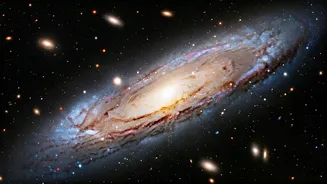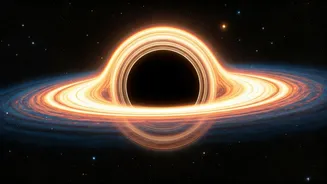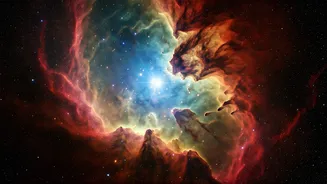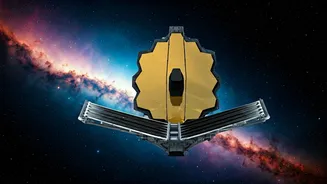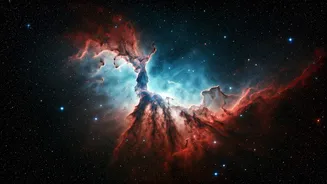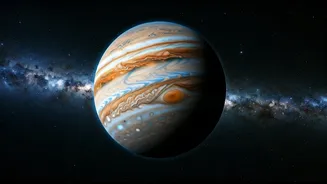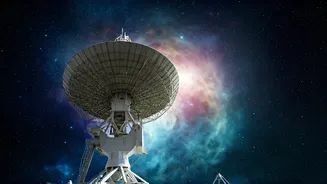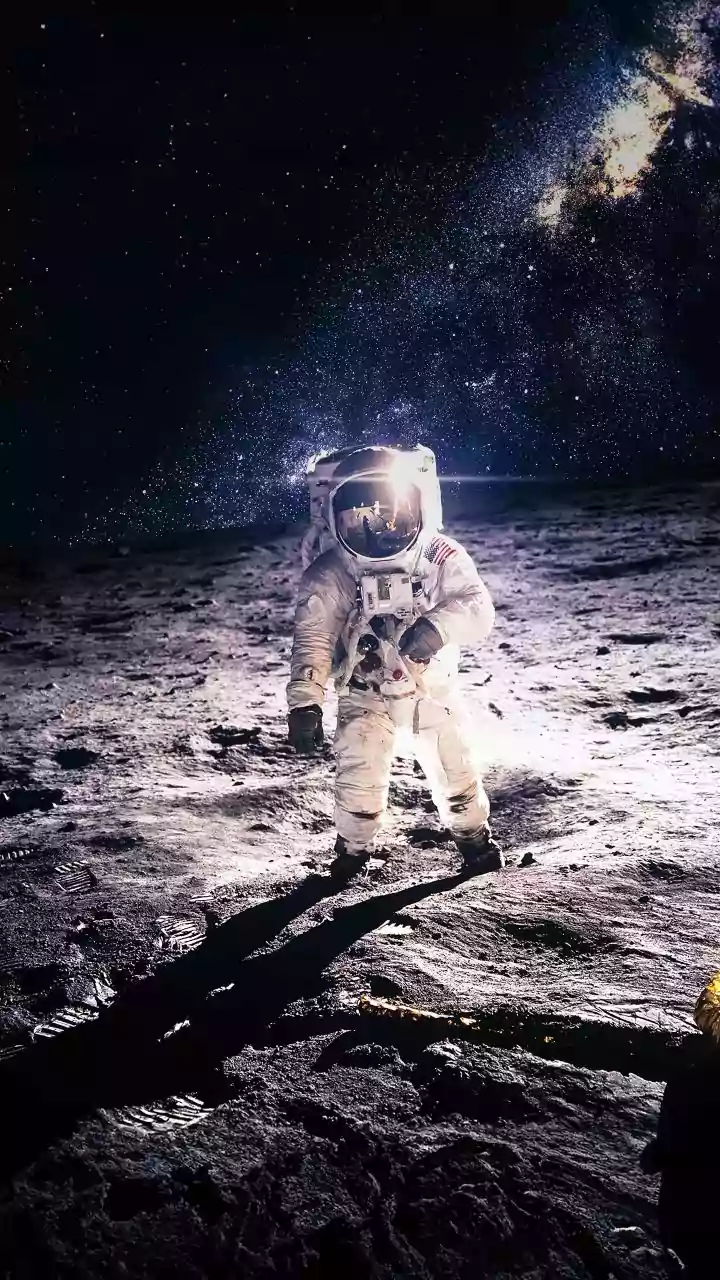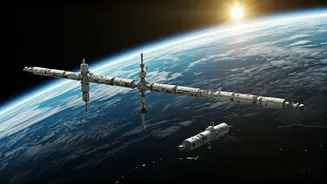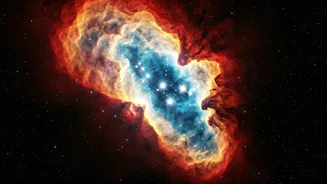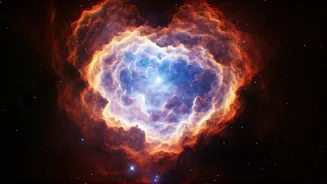Clues from Earth
Scientists began their quest by scrutinizing the oldest materials on Earth. They examined the geological records, looking closely at ancient rocks. These
rocks acted like time capsules, holding radioactive elements that decayed over millions of years. By measuring the amount of these elements, experts could calculate how long ago these rocks formed. This technique served as a crucial anchor, helping to establish a minimum age for our planet, which later helped with understanding how old the universe might be.
Stellar Yardsticks
Astronomers then turned their attention to the stars, which are cosmic timekeepers. They used the concept of stellar evolution, which describes the life cycles of stars from birth to death. Analyzing the brightest stars, known as main-sequence stars, scientists could figure out their ages by understanding how they burn fuel and change over time. Observing the brightness and color of these stars allowed them to place them on the Hertzsprung-Russell diagram, a tool which helped them understand the evolution of different types of stars and their age. This analysis allowed them to estimate the age of the oldest stars in the Milky Way, putting them at roughly 13 billion years old.
Cosmic Expansion's Role
The expansion of the universe became another key piece of the puzzle. The expansion rate of the universe, measured by the Hubble Constant, plays a vital role in this. The Hubble Constant, named after Edwin Hubble, quantifies how fast galaxies are moving away from us. By measuring the distance and speed of galaxies, astronomers could trace their movements back to a single point, which is the 'Big Bang.' Understanding the Hubble Constant required observing distant objects like supernovae. By measuring their redshift, indicating how much their light has stretched due to the expansion, and calculating their distances, they could accurately determine the expansion rate. This calculation provided another way to estimate the age of the universe.
Precision with CMB
The Cosmic Microwave Background (CMB), the afterglow of the Big Bang, gave scientists their most precise measurements. This radiation provides direct information on the universe's conditions shortly after its birth. By studying its characteristics, astronomers could calculate the age of the universe with remarkable accuracy. The CMB helped refine the expansion models of the universe. Space-based telescopes, like the Planck satellite, played a crucial role in these detailed observations. They mapped the temperature fluctuations in the CMB. These fluctuations, subtle temperature variations, contain crucial details about the universe's composition, and allowed researchers to calculate the age of the universe to be about 13.8 billion years.
Refining the Estimate
Over time, new findings have allowed for adjustments in the estimated age of the universe. The process of determining the age of the universe is constantly being refined with the use of new data and more advanced technology. This includes more precise measurements from telescopes and advanced simulations. The James Webb Space Telescope, for example, is providing unprecedented views of the early universe, enabling scientists to scrutinize its first galaxies. As new observations emerge and models are refined, the estimate of the universe's age will likely continue to be adjusted. The current accepted value of about 13.8 billion years represents a testament to the collaborative efforts of the scientific community.
